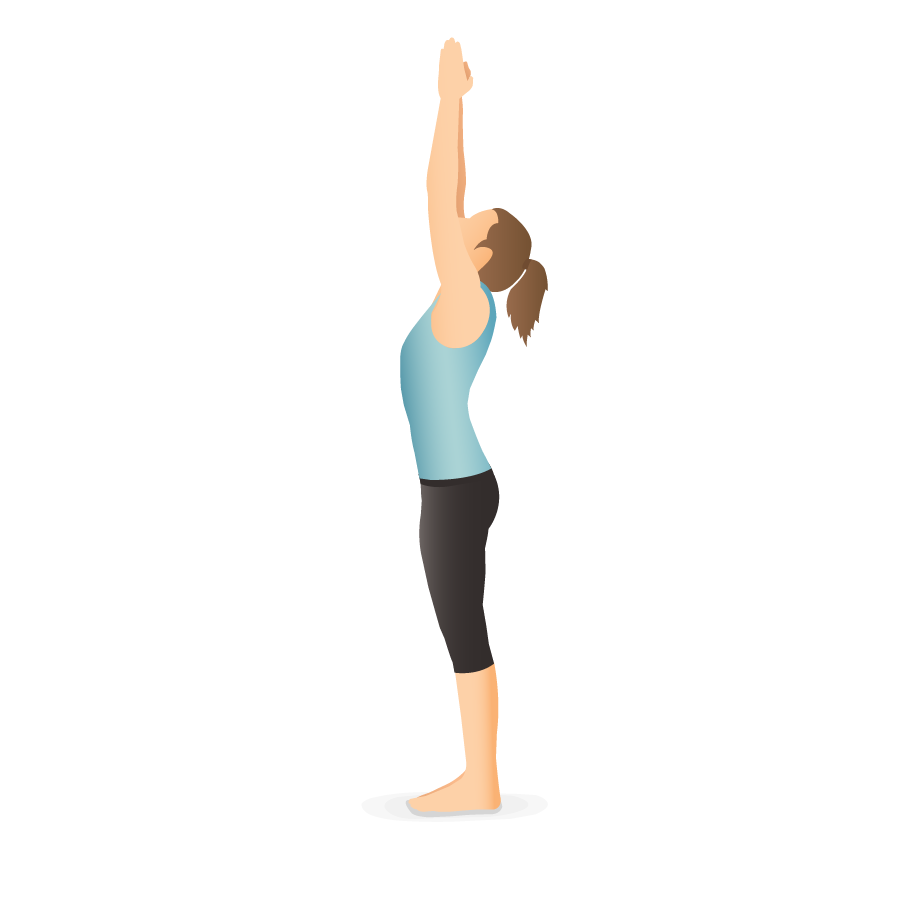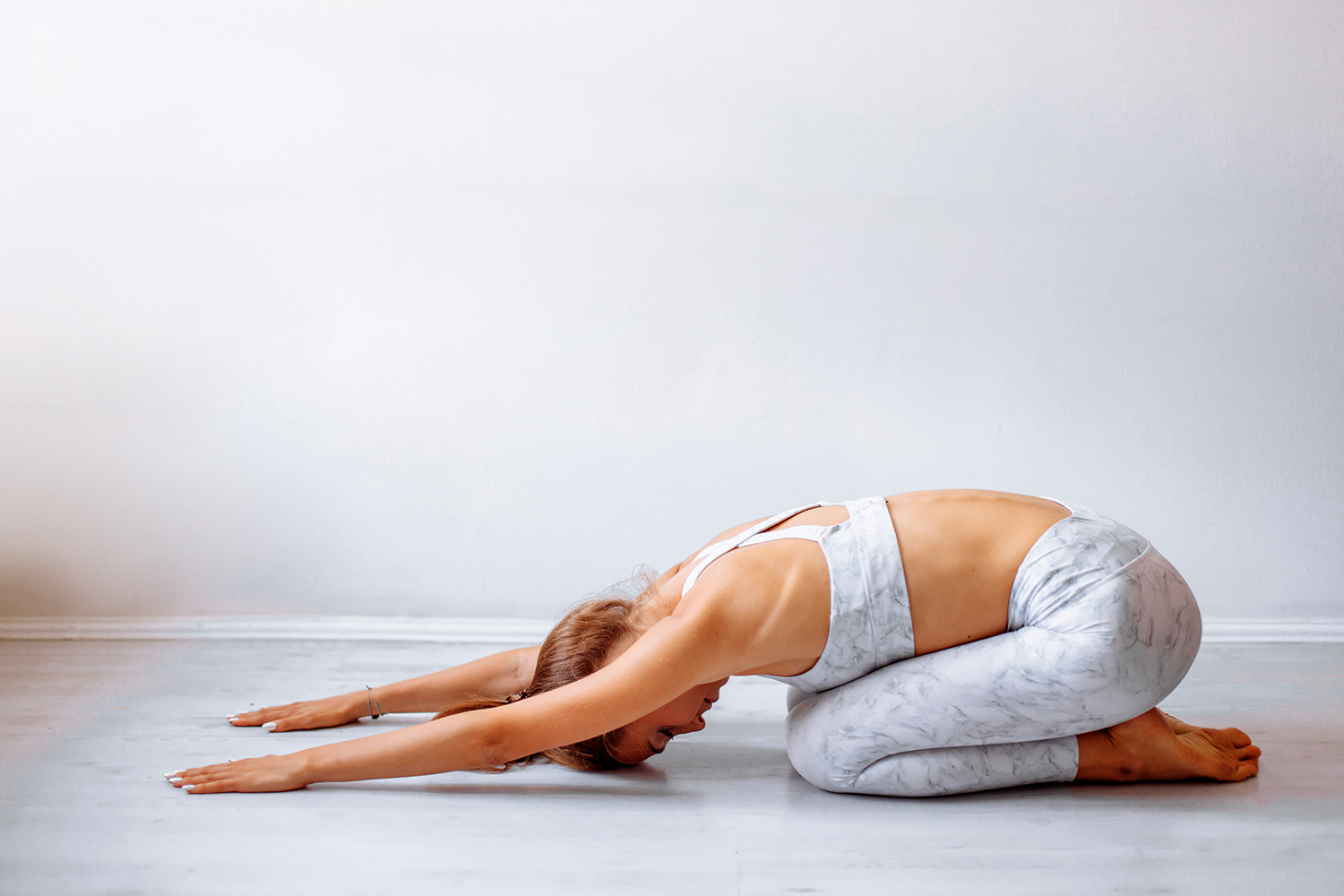Yoga is a time-tested practice that promotes physical and mental well-being. It’s a wonderful way to improve flexibility, strength, and reduce stress. If you’re new to yoga, it might seem intimidating at first, but don’t worry – it can be quite accessible. In this easy-to-understand guide, we’ll take you through the basics of yoga pose for beginners , so you can start your journey with confidence.
1. Find Your Space: Choose a quiet, well-lit area for your practice. A yoga mat can provide a comfortable surface, but it’s not mandatory. Wear comfortable clothing that allows you to move freely.
2. Start with Breath: Yoga begins with the breath. Take a moment to focus on your breathing. Inhale deeply through your nose, letting your abdomen rise, and exhale through your mouth. Continue this deep breathing throughout your practice to stay relaxed and focused.
3. Basic Poses: Yoga poses, or “asanas,” come in various levels of difficulty. As a beginner, you’ll want to start with some foundational poses.
-
Mountain Pose (yoga Pose for beginners )
Stand tall with your feet together and your arms at your sides. This pose is all about proper alignment and balance

Mountain pose -
Child’s Pose (Yoga Pose for beginners) :
- Kneel on the floor and sit back on your heels. Bend forward, extending your arms in front of you. This is a resting pose.

Child pose -
Downward-Facing Dog( yoga pose for beginners):
- Start on your hands and knees, then push your hips up and back, forming an inverted “V” shape with your body.

Adho Mukha Svanasana - Cobra Pose (Bhujangasana): Lie on your stomach with your hands under your shoulders. Slowly lift your upper body off the ground, keeping your hips down.

Cobra Pose
4. Sun Salutation (Surya Namaskar): A great way to warm up is by doing the Sun Salutation. It’s a series of poses that flow together, combining movement and breath. Here’s a simplified version:
- Start in Mountain Pose.
- Inhale and raise your arms overhead.
- Exhale and bend at your hips, reaching for your toes (or as far as you can comfortably go).
- Inhale and lift your torso, looking forward.
- Exhale and step or jump back into a plank position.
- Lower to the ground, then inhale to Cobra Pose.
- Exhale into Downward-Facing Dog.
- Inhale and step or jump back to the front of your mat.
- Exhale and return to Mountain Pose. 10 Best Benefits Of Yoga
5. Relaxation and Meditation: Yoga is not just about physical poses; it’s also about mental relaxation. After your practice, take a few moments to lie down in Savasana (Corpse Pose). Close your eyes and focus on your breath. This is a time for relaxation and reflection.
6. Progress Gradually: Yoga is about your own journey. Don’t rush your progress. Start with easier poses and gradually move on to more challenging ones as you become more comfortable. Listen to your body, and don’t push it too hard.
7. Consistency is Key: Consistency is more important than the duration of your practice. Even 10-15 minutes of daily yoga can yield great results. Make it a habit, and you’ll notice positive changes in your body and mind over time.
8. Explore Resources: There are plenty of resources available for beginners, both online and offline. You can find videos, books, and classes that can guide you through your yoga journey.
9. Be Mindful: Yoga is about being in the present moment. Focus on your breath and how your body feels in each pose. This mindfulness can help reduce stress and improve mental clarity.
10. Modify as Needed: Every body is different. If a pose feels uncomfortable or painful, don’t hesitate to modify it. For example, use props like blocks or cushions to make poses more accessible.
11. Patience and Perseverance: Yoga is a journey, not a destination. It’s normal to have days where you feel less flexible or balanced. Don’t be discouraged. Keep practicing, and you’ll see improvements over time.
12. Hydration and Nutrition: Stay hydrated and maintain a balanced diet to support your yoga practice. Proper nutrition can give you the energy you need for your sessions.
13. Seek Guidance: If you’re unsure about your form or have specific health concerns, consider taking a class with a qualified instructor. They can provide valuable feedback and ensure your safety.
14. Benefits Beyond Flexibility: Yoga offers a wide range of benefits beyond physical flexibility. It can reduce stress, improve posture, increase strength, and promote emotional well-being.
15. Final Thoughts: Yoga is a holistic practice that can enhance your physical and mental health. It’s accessible to beginners, and you can start at your own pace. Remember, it’s not a competition; it’s a personal journey. Enjoy the process, and embrace the positive changes it brings to your life.

